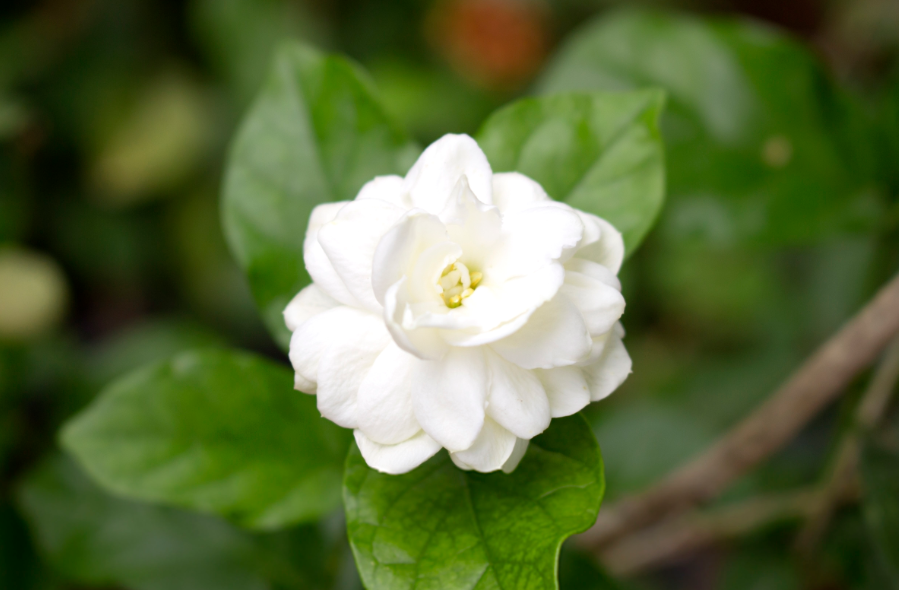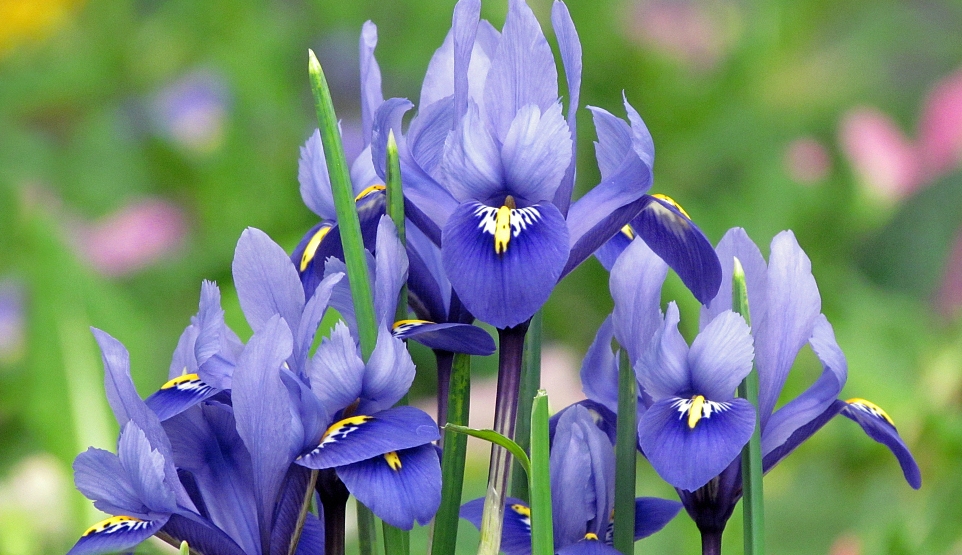Let’s talk about the Germany National Flower. Germany, one of the most fascinating countries in Europe, has a rich cultural heritage that encompasses everything from music and literature to architecture and art. This heritage also includes flora and fauna, and Germany has several national symbols that represent its diverse culture and history. One of these national symbols is the cornflower, a beautiful blue flower that has a special place in German culture. In this article, we will explore the story behind Germany’s national flower and discover its significance in German history, art, and folklore.
Germany has a rich history and culture that has been shaped by a variety of factors, including its geography, politics, and people. One of the most fascinating aspects of German culture is its flora and fauna, which has been celebrated through a variety of national symbols. The cornflower is one of these symbols and has a special place in German culture. In this article, we will explore the history and significance of Germany’s national flower and discover its cultural importance in German art, folklore, and everyday life.
What is the Cornflower?
The cornflower, also known as Centaurea cyanus, is a beautiful blue flower that is native to Europe and Asia. It belongs to the Asteraceae family, which includes over 23,000 species of flowering plants. The cornflower is an annual plant that grows to a height of 30-90 cm and produces beautiful blue flowers that bloom from June to September. The flower has a distinctive fragrance and is often used in perfumes and essential oils.
History of the Germany National Flower
The cornflower has a long history in Germany and has been used as a symbol of the country for centuries. During the 19th century, the flower became associated with the Prussian army and was worn by soldiers in their caps as a sign of patriotism. This association with the army continued through the First World War and the flower became a symbol of remembrance for fallen soldiers.
After the Second World War, the cornflower continued to be associated with German patriotism and became a popular symbol for political parties, including the CDU and CSU. However, during the 1990s, the flower became associated with the far-right political party, the NPD, and its use as a political symbol declined.
Significance of the Cornflower in German Culture
The cornflower has played an important role in German culture and has been celebrated through art, literature, and music. The flower is often used as a symbol of love and loyalty and is associated with the concepts of purity and innocence. In addition, the flower is a popular subject for artists and has been featured in many famous works of art.
The cornflower is also an important symbol in German folklore and is associated with a variety of superstitions and beliefs. For example, it is said that the flower can be used to break curses and protect against evil spirits. In addition, the flower is often used in love potions and spells.
Cornflower in German Folklore and Art
The cornflower has been a popular subject in German art and has been featured in many famous works of art. One of the most famous examples is the painting “The Cornflowers” by German artist, Emil Nolde. This painting features a beautiful bouquet of cornflowers and was created in 1933. The painting is considered to be one of Nolde’s most famous works and has been featured in many exhibitions around the world.
In addition to art, the cornflower has also been celebrated in German folklore. According to legend, the cornflower was once used as a symbol of love and was said to have magical powers that could protect against evil spirits. The flower was often used in love potions and spells, and it was believed that if a young woman placed a cornflower under her pillow, she would dream of her future husband.
Today, the cornflower is still celebrated in German culture and is often used as a symbol of patriotism and national pride. It is also a popular flower for weddings and other special occasions.
Cornflower in Modern Germany
Despite its rich history and cultural significance, the cornflower has faced some challenges in modern Germany. During the 1990s, the flower became associated with far-right political parties, and its use as a political symbol declined. In addition, the flower has also faced threats from modern agriculture practices, which have caused a decline in the flower’s natural habitat.
However, in recent years, there has been a renewed interest in the cornflower and its cultural significance. The flower is now being celebrated by conservation groups and is being used as a symbol of environmental protection. In addition, the flower is still a popular subject in German art and is being featured in many new works of art.
Conservation of the Germany National Flower
Conservation groups in Germany are working to protect the cornflower and its natural habitat. One of the main threats to the flower’s survival is modern agriculture practices, which have caused a decline in the flower’s natural habitat. In addition, climate change and pollution are also major threats to the flower’s survival.
To address these threats, conservation groups are working to create protected areas for the cornflower and are encouraging farmers to adopt more sustainable agriculture practices. In addition, efforts are being made to raise awareness about the importance of the cornflower and its cultural significance.
How to Grow Cornflowers
If you are interested in growing cornflowers, they are relatively easy to cultivate. The flowers prefer full sun and well-drained soil, and they can be grown from seed or transplants. It is best to sow the seeds in early spring, and the flowers will bloom in the summer months. Cornflowers are also popular as cut flowers, and they can be used in bouquets and other floral arrangements.
Conclusion
The cornflower is a beautiful and important national symbol in Germany. Its cultural significance and rich history make it a fascinating subject for art, literature, and folklore. Despite some challenges in modern times, the flower is still celebrated in Germany and is being protected by conservation groups. By learning more about the cornflower and its significance, we can gain a deeper appreciation for the rich cultural heritage of Germany.
FAQs
- What is the national flower of Germany?
The national flower of Germany is the cornflower.
- Why is the cornflower significant in German culture?
The cornflower is significant in German culture because of its association with patriotism, love, and innocence.
- What threats does the cornflower face?
The cornflower faces threats from modern agriculture practices, climate change, and pollution.
- Can cornflowers be grown at home?
Yes, cornflowers can be grown at home and are relatively easy to cultivate.
References
- “Germany’s national flower – The cornflower,” German Culture. Retrieved from https://www.germany-insider-facts.com/germanys-national-flower.html
- “The Fascinating History of the Cornflower,” The Culture Trip. Retrieved from https://theculturetrip.com/europe/germany/articles/the-fascinating-history-of-the-cornflower/
- “Cornflower,” Flowers of India. Retrieved from https://www.flowersofindia.net/catalog/slides/Cornflower.html

